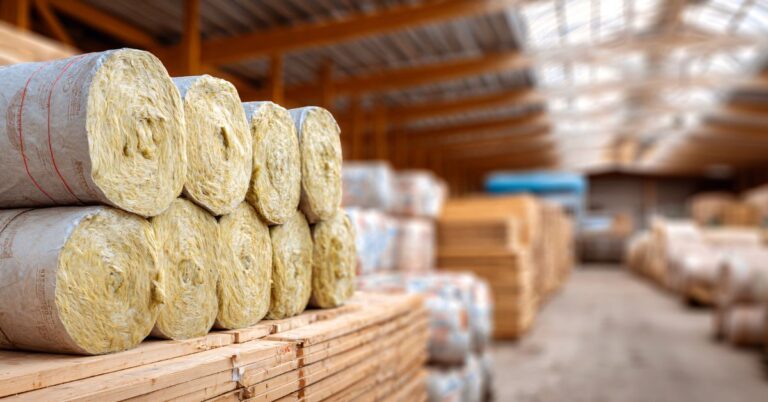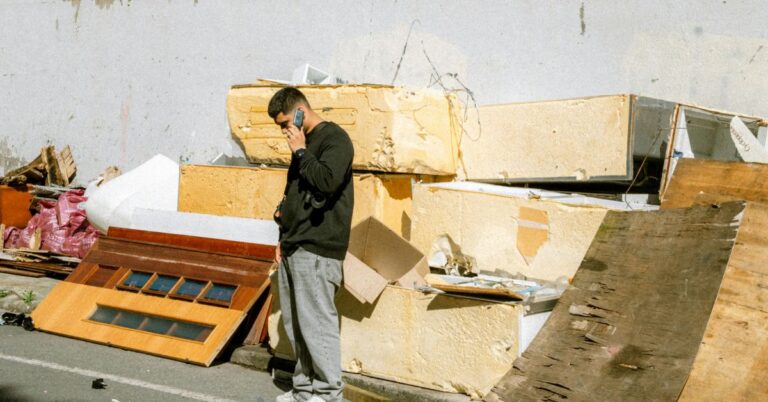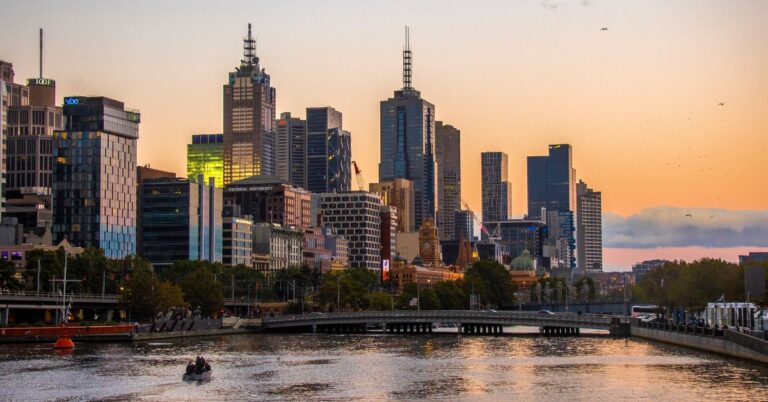Building a custom home in Melbourne is an exciting journey — one that promises complete control over design, layout, and finishes. But with control comes complexity, especially around cost. If you’re wondering how much a custom home will cost, or how to shape your personalized home budget, you’re in the right place.
In this article, you’ll get a detailed look at what drives custom building costs, real-world pricing examples, ways to manage your budget, and tips to avoid common cost overruns. By the end, you’ll feel confident in estimating your bespoke home pricing and making informed decisions.
1. What Influences Custom Home Cost in Melbourne
Before you get a quote, it’s crucial to understand what adds cost in a custom build. The more factors you can identify early, the better you can control expense.
1.1 Size, Scale & Layout Complexity
- Larger homes cost more in absolute terms, but sometimes can deliver lower cost per square metre due to economies of scale.
- Unique layouts, non-standard shapes, large open-plan spaces, higher ceilings, and intricate roof forms all increase both structural requirement and labour.
1.2 Site and Terrain Conditions
- Sloping blocks or uneven terrain often need more excavation, retaining walls, deeper foundations or stem walls — all adding to cost.
- Soil quality matters: rocky soil, poor load-bearing capacity, or need for soil remediation drive up foundation and structural costs.
- Access issues (narrow driveways, restricted delivery zones) increase labour and logistics charges.
1.3 Design, Architecture & Custom Features
- Bespoke design features like feature facades, large windows/glazing, custom joinery, non-standard materials (stone, high-end timber, imported tiles) add significantly.
- Special architectural elements like cantilevers, curved walls, skylights, or expansive indoor/outdoor transitions require additional structural engineering, which increases price.
1.4 Materials & Finish Quality
- Choices in cladding, roofing, flooring, fixtures, appliances, glass quality, insulation affect cost heavily. A custom home with premium finishes may cost 30-50% more than one with standard finishes.
- Sourcing custom or imported materials increases both material cost and lead times.
1.5 Consultants, Permits & Compliance
- Architect fees, engineering, surveyors, environmental assessments, energy rating, council permits all contribute to bespoke home pricing.
- In heritage or special overlay zones, additional design reviews or compliance steps may be mandated, increasing cost.
1.6 Labour, Builder Experience & Market Conditions
- Experienced custom home builders charge more due to higher craftsmanship, reputation, and the skill required for bespoke details.
- Melbourne’s construction market fluctuations, labour shortages, and material cost inflation can alter custom building costs quickly.
- Time of year or project timing (peak demand vs quieter periods) can influence builder rates and material availability.
2. Estimating Custom Home Costs: Price Examples & Ranges
While every custom home is unique, looking at typical price ranges helps you plan your budget more realistically.
- Basic custom homes with modest bespoke features may start around $2,500 to $3,200 per square metre. These would include standard finishes, somewhat simple design, and accessible site conditions.
- Mid-range custom designs, with higher quality finishes, better fixtures, possibly more complex layouts, may run between $3,200 to $4,500 per square metre.
- Premium and luxury custom homes—high-end fixtures, imported materials, expansive glazing, architectural detailing—often exceed $4,500 per square metre, sometimes going well beyond depending on complexity.
Example scenario:
You plan to build a 250 m² bespoke home with mid-range finish, large windows, unique roof form, and quality materials. If your target price is $3,800/m², base construction might cost about $950,000. Then add allowances for landscaping, driveway, consultants, permits, and contingency — your total may edge toward $1,100,000+ depending on site and extras.
3. How to Build Your Personalized Home Budget
To avoid surprises and overruns, a thoughtful budget planning process is essential. Here are steps to manage your custom home budget effectively.
3.1 Define Your Priorities and Non-Negotiables
List what matters most — is it design aesthetics, sustainable features, indoor/outdoor flow, finish quality, or energy efficiency? Knowing where you’re willing to spend more vs. where you can compromise helps shape your budget.
3.2 Get Multiple Detailed Quotes
Ask at least three reputable custom home builders to provide detailed quotes. These should show breakdowns like structural works, framing, finishes, plumbing, electrical, landscaping allowances, etc. Comparing the lines helps spot hidden costs.
3.3 Allow for Consultants, Permits & Hidden Costs Early
Include costs for architects, engineers, permits, site surveys. Also budget for things you might discover later — so allow 10-15% contingency of your base build cost.
3.4 Choose Simplicity Where Possible
Simplify roof lines, reduce complex corners, standard room shapes, and avoid unusual angles unless essential. Simpler designs cost less in both materials and labour.
3.5 Plan for Timing & Phases
If possible, schedule work during less busy seasons and plan your build in phases — maybe complete structural shell first, then finishes. That gives budget flexibility and lets you make adjustments if needed.
3.6 Future-Proof Features Carefully
Sustainable and energy-efficient features (solar, insulation, passive design, double glazing) often cost more up front, but can add value and reduce ongoing running costs. Figuring trade-offs early helps keep custom building costs understandable.
4. Tips to Work Effectively with Your Builder & Control Costs
Your relationship with your custom home builder plays a big role in how close your costs stay to your budget.
- Provide a full brief with design ideas, finish samples, floor plan preferences, materials you want. The more clarity you give upfront, the fewer surprises.
- Use fixed-price contracts where possible; avoid open-ended allowances.
- Have milestones in your contract tied to payments (foundation, framing, lock up, final).
- Agree what’s included vs. excluded (driveways, landscaping, furniture, fences).
- Confirm warranties, insurance, builder registration/licence. Working with established custom builders gives more reliability.
- Monitor progress and communicate changes immediately; changes mid-build are one of the top cost blow-out causes.
5. FAQs About Custom Home Cost in Melbourne
Q: What is a realistic base cost per m² for custom homes in Melbourne?
A: For modest custom homes, expect $2,500–$3,200/m² as a starting point. If you add premium finishes or complex architectural design, the rate often climbs into $4,000–$5,500/m²+.
Q: Do custom building costs vary much by suburb or site?
A: Yes. Land slope, soil type, access, and council requirements differ by location, which can influence foundation work, permit costs, and builder access — all affecting price.
Q: What percentage of cost should I allocate to consultants and permits?
A: Generally about 5-10% of base construction cost, sometimes more if dealing with heritage overlays, complex engineering or special compliance requirements.
Q: What is typical builder rate for premium fixtures and finishes?
A: Premium fixtures (designer joinery, high-end cabinetry, imported flooring, bespoke glass or cladding) often cost 30-50% more than standard fixtures. The builder’s labour for specialised work can also be significantly higher.
Q: How much contingency should I include?
A: It’s wise to include at least 10-15% contingency in your custom home budget for unexpected conditions, design changes, or supply delays.
Q: Will building a custom home add value to my property?
A: Yes — a well-designed, high-quality custom home often adds significant market value. The uplift depends on neighbourhood comparables, finish quality, and how well the home meets buyer expectations.
Conclusion
A custom home in Melbourne is about turning your unique vision into reality — and that means navigating custom building costs, bespoke home pricing, design costs, and crafting a personalized home budget that aligns with your priorities.
Key takeaways:
- Base your cost estimates on size, complexity, design, material quality and site conditions.
- Use multiple detailed quotes and fixed-price contracts.
- Clear design briefs, realistic finish selections, and sensible contingency are essential.
When you’re ready, connect with SLK Homes for a personalized cost estimate. We’ll help you map out your custom home project, manage expectations, and deliver something you’ll love, without nasty budget surprises.




